As a photography enthusiast, I enjoy learning about cameras and related inventions. When it comes to who designed the first camera, online articles credit Johann Zahn and Joseph Nicéphore Niépce equally, even though they lived 150 years apart.
The lack of a uniform verdict is why I decided to do extensive research and provide you with a detailed article on the history of cameras. Let’s get started.
- The Beginning of Photography
- The First Applications of Camera Obscura
- Johann Zahn and His Extensive Studies on Optics
- Silver Chloride Photography
- Daguerre Continuing the Work
- William Henry Fox Talbot and His Contribution to Photography
- The Invention of the First Modern Camera
- The Making of a Photo
- When Was the Film Camera Invented?
- Modern Photography
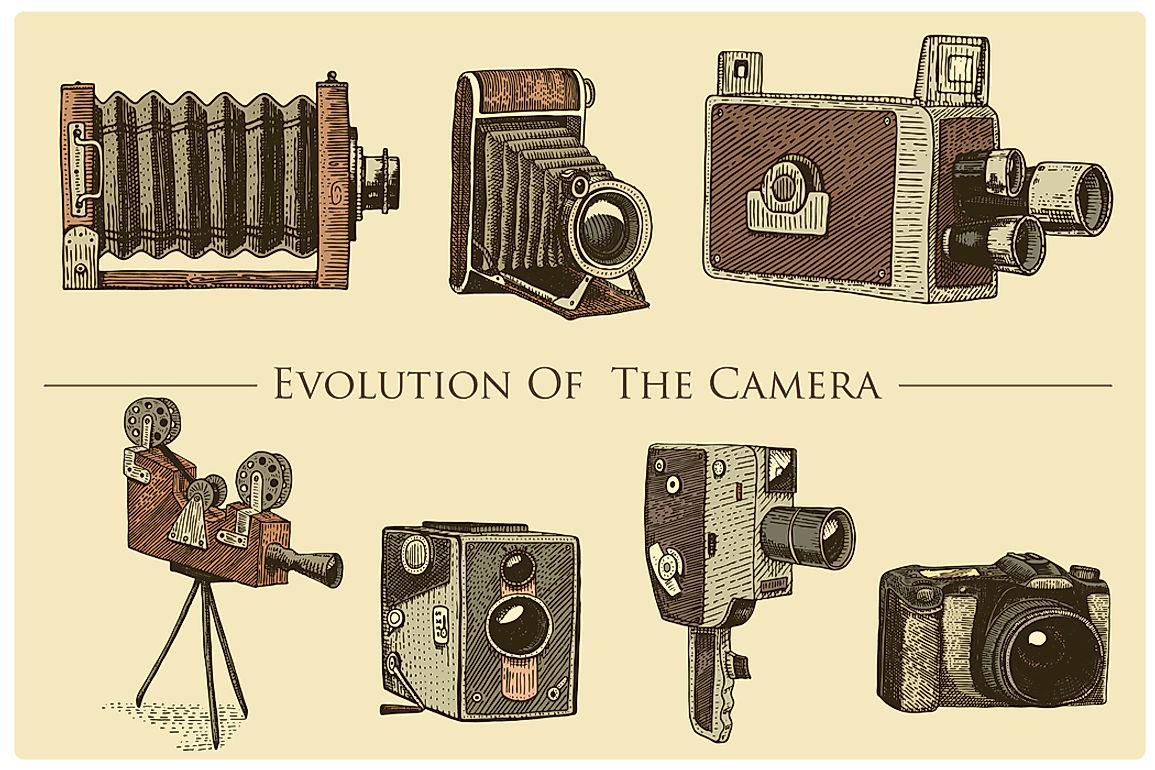
The Beginning of Photography
Right off the bat, I was surprised to find that cameras date much further back than a few hundred years ago.
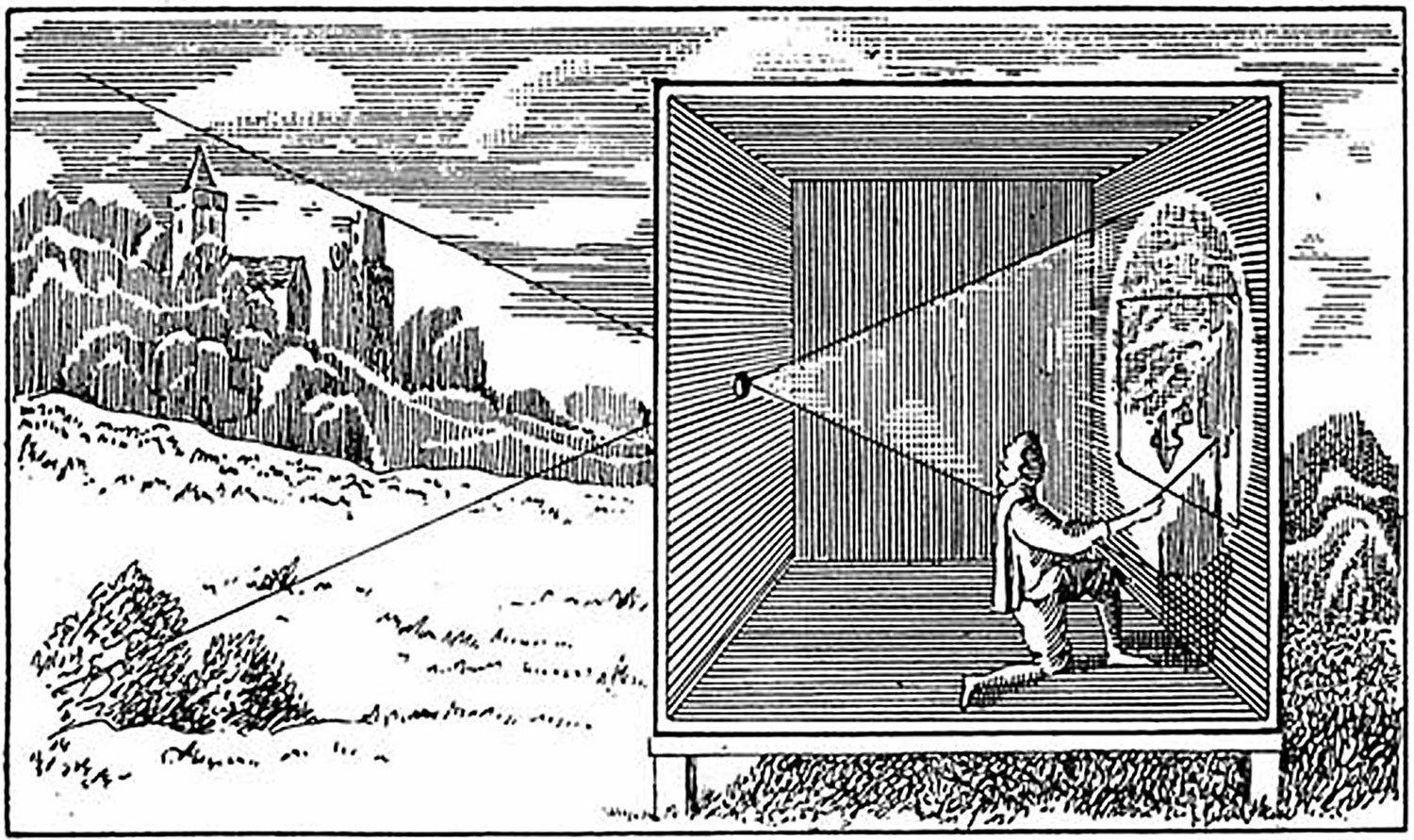
According to researchers, Ancient Greek and Roman got started with the idea of camera obscura projecting an inverted image on a wall or other vertical surface.
The term camera obscura derives from Latin, and it refers to a dark room. It was first designed by Mozi, who was a Chinese philosopher from the 4th century BC.
I enjoyed reading his explanations on the phenomena of light traveling in a straight line and projecting an image.
Ibn al-Haytham and His Take on Camera Obscura
Commonly known as Alhazen, the Arab physicist devoted most of his career to studying optics and experimenting with the idea of camera obscura.
It is safe to assume that famous physicists and inventors, including Leonardo da Vinci and Johannes Kepler, were influenced by Haytham’s invention of the pinhole camera.
The First Applications of Camera Obscura
I read multiple articles referring to the fact that the first professional application of camera obscura was in the 15th century (Renaissance).
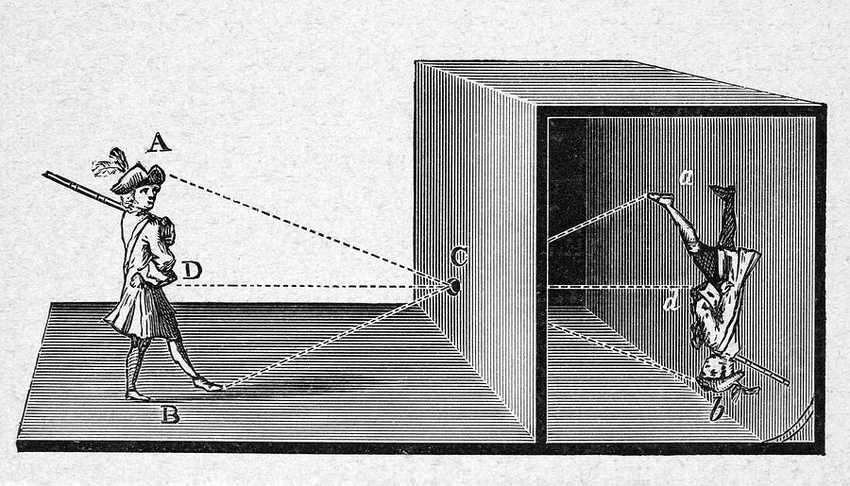
It is stated that painters used it as a drawing aid using the tracing scenes to create a sketch that would later be transcribed into an artwork.
The fact that the first models of camera obscura were as large as a room that can fit two adult people made these pretty tricky for ordinary use.
Throughout the 15 to 18th centuries, numerous researchers had the idea to create a small and portable camera that could capture images.
Magic Lanterns
One of the most important inventions for projecting images far away was the magic lantern in the 17th century.
While it is considered a determinant for the invention of modern cameras, it couldn’t capture stationary images.
Johann Zahn and His Extensive Studies on Optics
As I mentioned above, there are two names related to the invention of the first image-capturing camera.
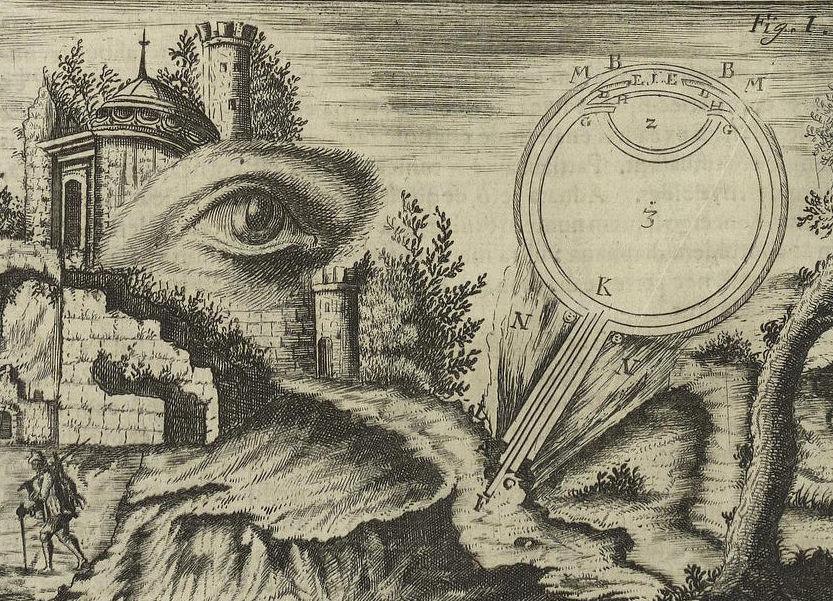
Johann Zahn, a German optician, spent decades studying the concept of magic lanterns, camera obscura, and portable devices. However, it wasn’t until 1685 that he sketched a handheld reflex camera.
While he is one of the greatest names in photography, Johann wasn’t able to put his ideas into practice. He was limited to the camera obscura and projecting images into the distance with a magic lantern.
His most famous artwork captured with the aid of this invention was the Oculus Artificialis (pictured above).
150 Years Later
Unfortunately, Johann Zahn didn’t live to see his invention.
Still, French and German optic specialists continued their work, researching the idea of capturing still images and hand-carrying such a device for the next 150 years.
Silver Chloride Photography
While Zahn is a name without which I couldn’t imagine the history of photography, it was a French expert, Joseph Nicéphore Niépce, who is credited as the inventor of modern photography.
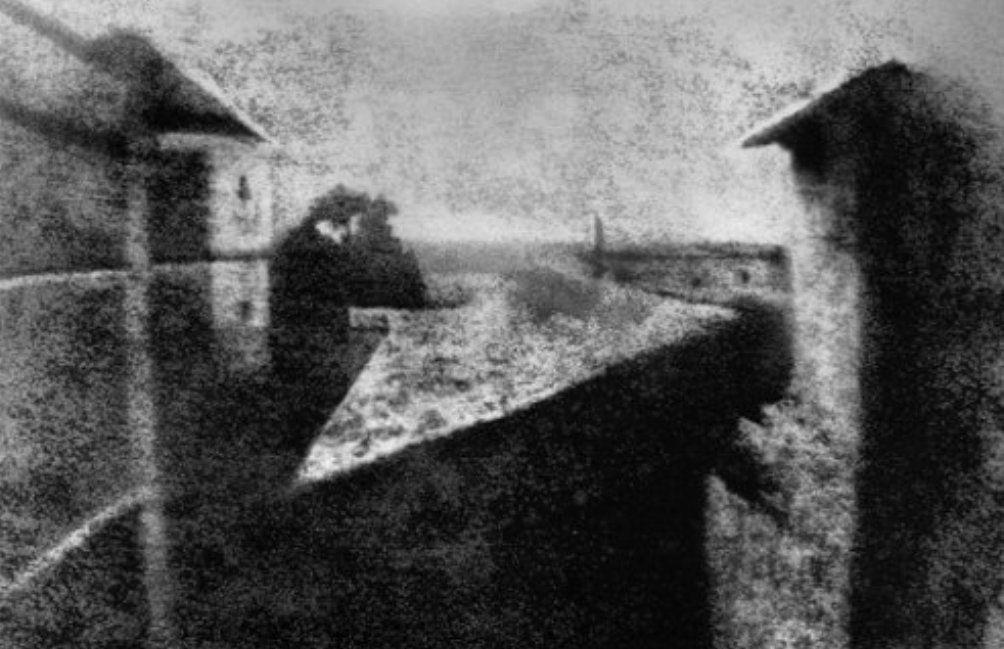
The work that he is most famous for is capturing the first still image in 1816.
Taken on a silver-chloride paper, the main evidence of its existence are the letters that he exchanged with his sister.
While the initial Niepce’s photo isn’t preserved to this day, his other work (from 1826) is a part of the collection at the University of Texas-Austin (image above).
The Technique of Heliography
After coating a firm surface (glass, metal) into a Judea Bitumen, Niepce would be able to imprint the picture that would harden and create an image that would be impossible to replicate.
Although more modern than what Zahn did, Niepce used a camera obscura and a 6.4×8.0 inch plate for creating this artwork.
Daguerre Continuing the Work
With Joseph Niépce dying in 1833, modern photography was left with its limitations. But, as I found, ordinary people still didn’t understand or were able to replicate the concept of heliography.
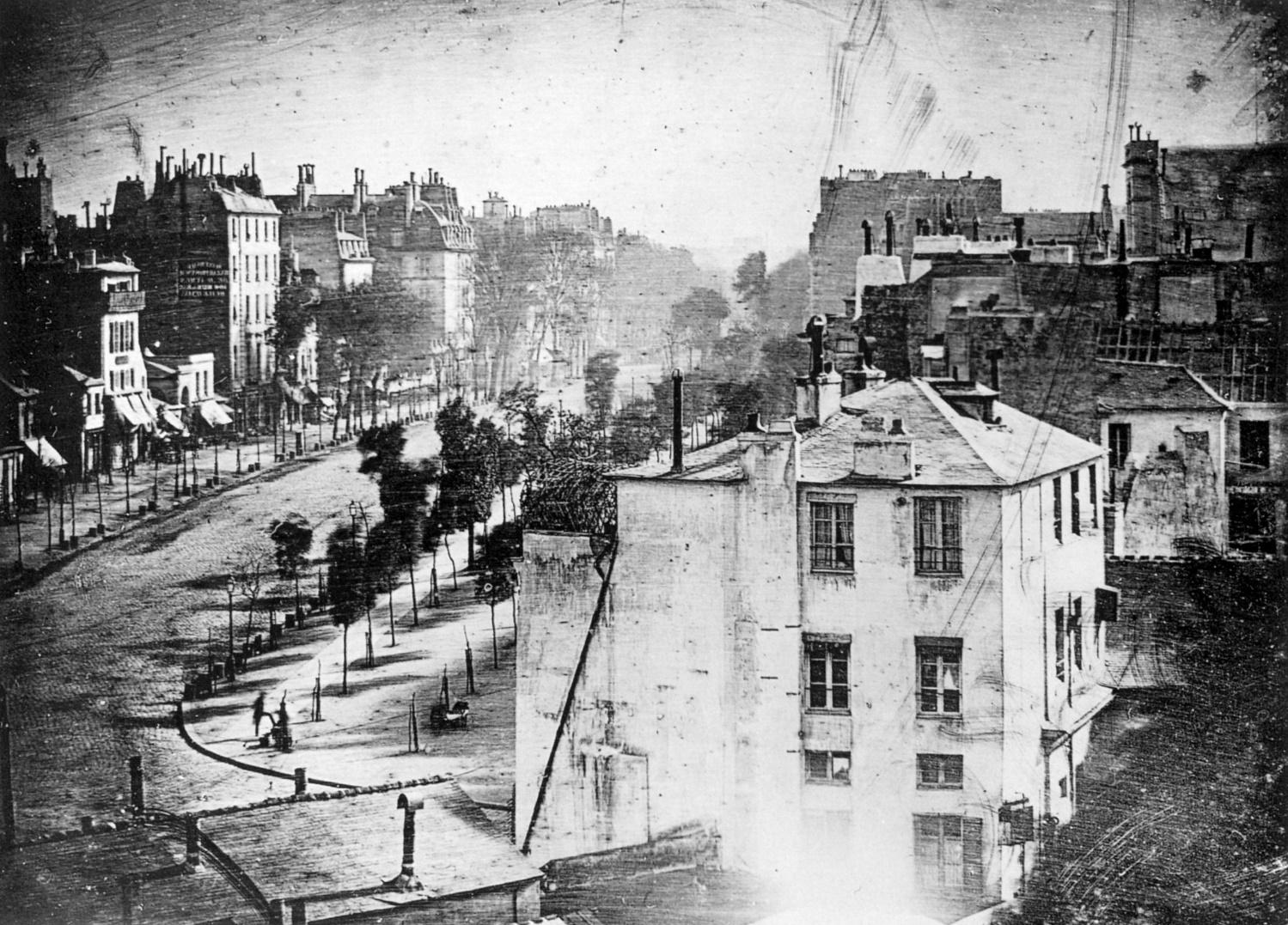
With that in mind, another French inventor, Louis Daguerre, set on a quest to design a modern camera that could create long-lasting images.
He was aware that capturing an image on a hunk of concrete and the hardened surface wasn’t the best solution.
But it wasn’t until 1839, when he designed a whole new technique called daguerreotype that he used to fix images on iodine silver-coated paper.
Exposure to Light
Sensitive to light, the main idea was to expose the captured images for a short amount of time and thus ensure that the imprint is left on the paper.
It resulted in photos of a higher quality and sharper contrast.
Not able to publicize his invention without the government’s help, Daguerre teamed up with Francis Arago, with whom he invented the daguerreotype.
William Henry Fox Talbot and His Contribution to Photography
In my personal opinion, Daguerre and William Henry Fox Talbot were direct competitors in the 1830s and 1840s.
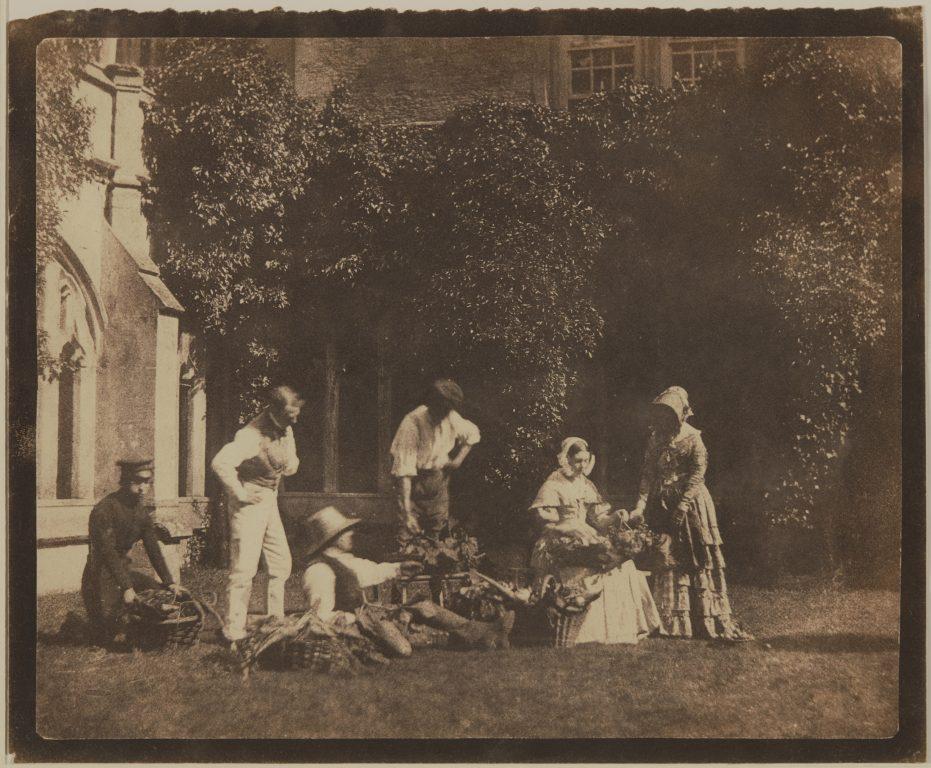
While the French inventor was first to come up with the idea of the daguerreotype, the Englishman published a Some Account of the Art of Photogenic Drawing.
This is considered to be the first study/pamphlet on modern photography. He proposed the idea of using silver salts to fix and create long-lasting images.
He is the first man to use negative prints and calotypes in photography just two years after Royal Institution approved his pamphlet in 1839.
The Concept of Negative Prints
The main idea of the negative print was to create copies of the positive variants.
However, Henry’s calotypes also introduced the concept of retouching, creating sharper and more accurate images.
The Invention of the First Modern Camera
While it was clear that William Henry Fox Talbot had a more revolutionary idea, the daguerreotype photography was first presented for commercial use.
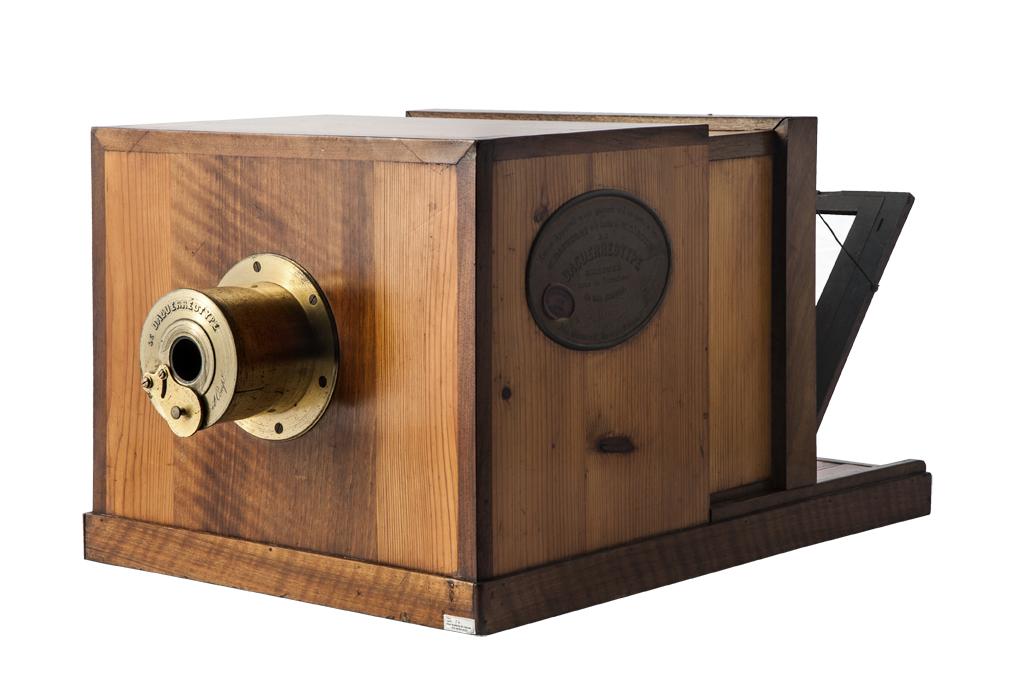
The double-box photographic camera was created by Alphonse Giroux and highlighted by a built-in image plate, glass screen holder, and an outside landscape lens for capturing images.
It was pretty close to what Johann Zahn imagined 150 years before (1685).
The concept behind it was to slide the inner box until seeing the desired image sharpness and replicating the photo with a glass screen on a sensitized plate.
Long Development
While much more efficient than camera obscura and able to replicate still images, it took up to 30 minutes to capture a photo.
The first design of the modern shutter was the knurled wheel that the operator used to control the copper flap and increase the sharpness of the image.
The Making of a Photo
After the commercial use of the daguerreotype, cameras were popularized, and other inventors looked for ways to make the development process even more efficient.
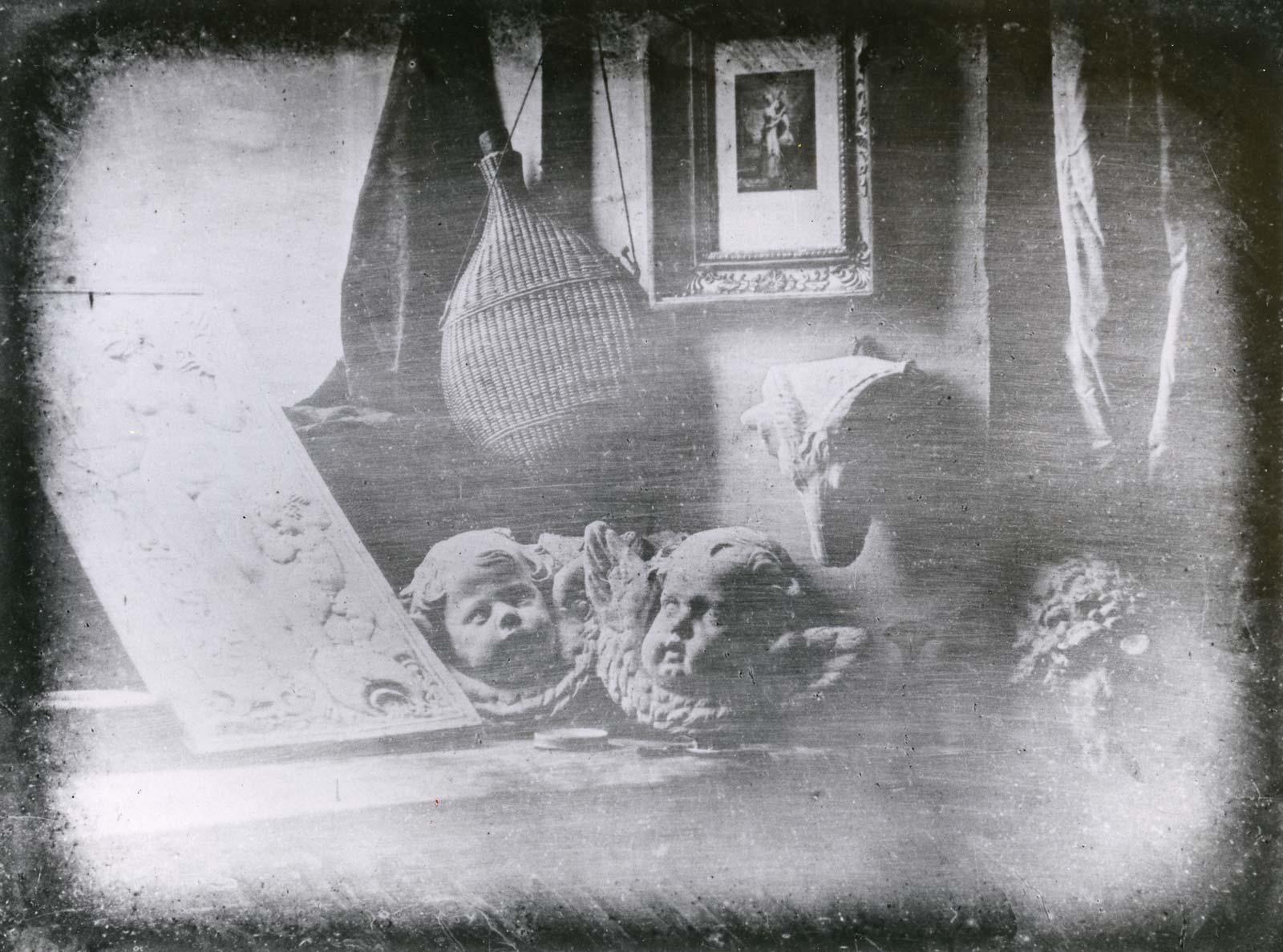
It was when the operators started coating the plate (iron/glass) in collodion and installing it back into the camera while still wet.
As I read in multiple studies, it was Frederick Scott Archer who first started this concept (1848) as he wasn’t most impressed with the contrast of daguerreotype photos.
It took only 15 years (1864) for the idea of collodion coated plates to take place and exclude the need for a dark room.
Less Exposure Time
With the development of the wet photographs, it took only a few minutes to capture the images.
Inventors moved to design smaller cameras with easy-to-replace lenses and started incorporating mechanical shutters to estimate the exposure time.
When Was the Film Camera Invented?
Kodak is my favorite camera brand, and there is a good reason for it. George Eastman, the founder of the company, is a man who revolutionized modern photography.
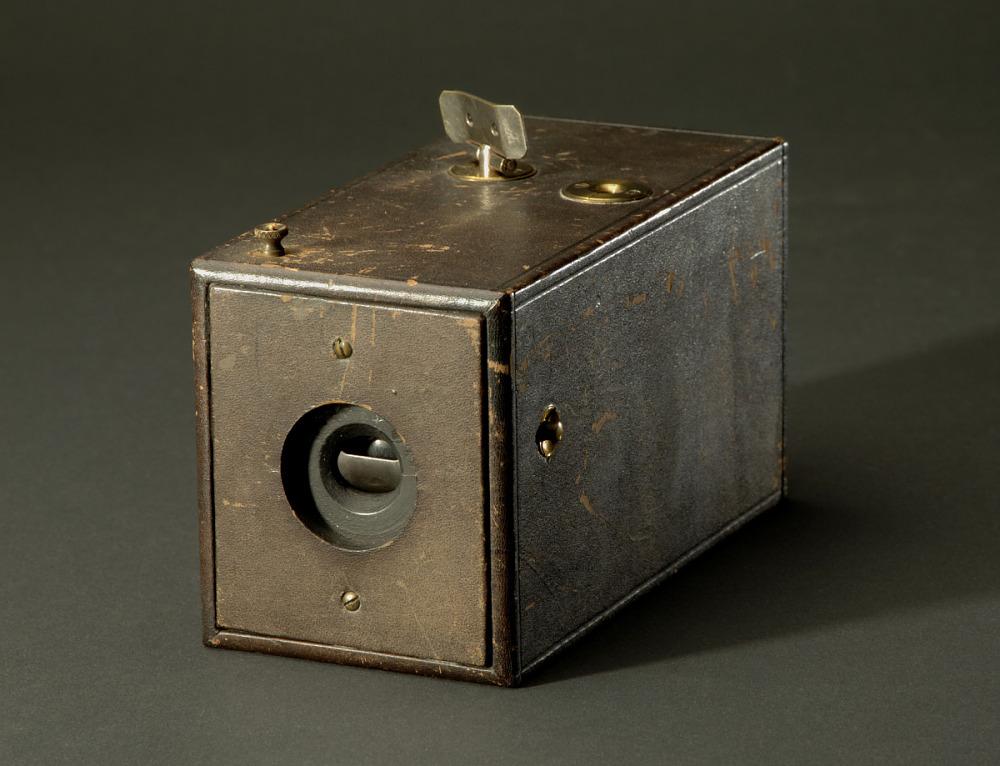
Although he started with paper film, he switched to manufacturing celluloid film just a few years later.
He successfully designed and sold the first 100-exposure camera in 1888. It used celluloid film and was highlighted by a single-lens reflex design.
To be honest, there isn’t a huge difference when compared to the modern cameras except for the fact that it took more time to capture moving images.
Box and Folding Cameras
Very soon after the success of celluloid film, Kodak started developing box and folding cameras that provided room for capturing motion pictures and videos.
It is safe to say that the film industry completely changed by the beginning of the 20th century.
Modern Photography
While daguerreotype photography was incredibly popular in the 1840s and 1850s, it could not capture colored images
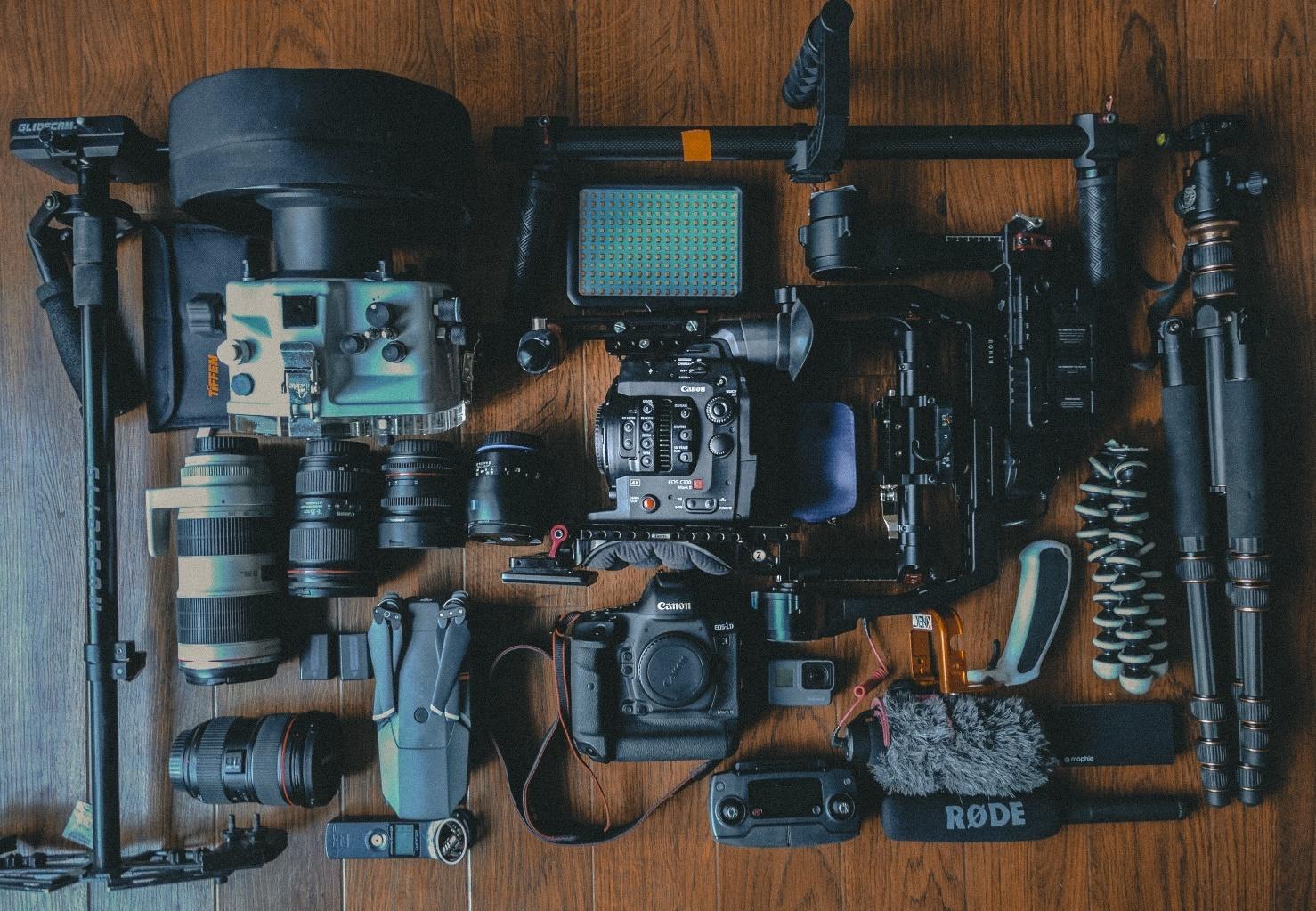
It wasn’t until 1855 that Scottish optician James Clerk Maxwell suggested the three-color method that made colored camera images possible.
Currently, capturing still images and motion picture takes seconds.
So it is safe to say that without the inventors such as Zahn, Niépce, Daguerre, Henry Talbot, and Eastman, photography would be much different.
No Development Time
The most remarkable point of modern photography is that there is no need to wait for minutes or hours for the image to develop.
Not only that, but we can adjust the contrast, brightness and add special photo effects without giving second thoughts.
Summary
While I am not a professional, photography is my passion, and I am very interested in the history of cameras.
Naturally, I had a great time researching the famous inventors who started with the concept of camera obscura and managed to create the handheld single-lens reflex cameras providing the basis for modern photogenic cameras.